Archaeology
-
 Archaeology
ArchaeologyA tour of ‘Four Lost Cities’ reveals modern ties to ancient people
In the book 'Four Lost Cities,' author Annalee Newitz uses cities of the past to show what might happen to cities in the future.
-
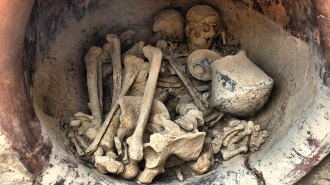 Anthropology
AnthropologyRiches in a Bronze Age grave suggest it holds a queen
Researchers have long assumed mostly men ran ancient Bronze Age societies, but the find points to a female ruler in Spain 3,700 years ago.
By Bruce Bower -
 Archaeology
ArchaeologyAn ancient dog fossil helps trace humans’ path into the Americas
Found in Alaska, the roughly 10,000-year-old bone bolsters the idea that early human settlers took a coastal rather than inland route.
-
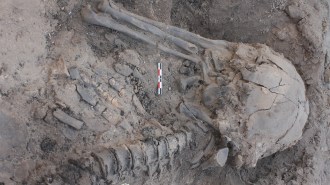 Anthropology
AnthropologyA body burned inside a hut 20,000 years ago signaled shifting views of death
Ancient hunter-gatherers burned a hut in which they had placed a dead woman, suggesting a change in how death was viewed.
By Bruce Bower -
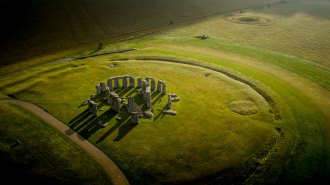 Archaeology
ArchaeologyStonehenge may have had roots in a Welsh stone circle
Ancient migrants to southern England brought the makings of the iconic monument with them, researchers suspect.
By Bruce Bower -
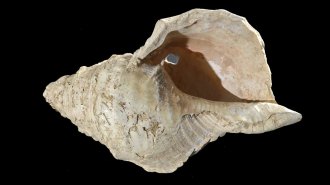 Archaeology
ArchaeologyHumans made a horn out of a conch shell about 18,000 years ago
Ancient find may have sounded off during rituals in a cave adorned with wall art.
By Bruce Bower -
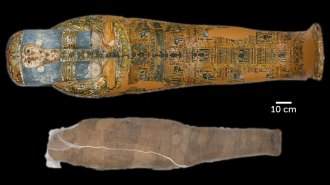 Archaeology
ArchaeologyAn ancient Egyptian mummy was wrapped in an unusual mud shell
Commoners in ancient Egypt may have used mud in place of expensive resin to imitate royal mummification techniques.
-
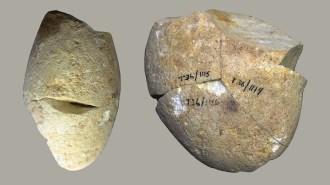 Archaeology
ArchaeologyThe oldest known abrading tool was used around 350,000 years ago
A flat-ended rock found in an Israeli cave marks an early technological shift by human ancestors to make stone tools for grinding rather than cutting.
By Bruce Bower -
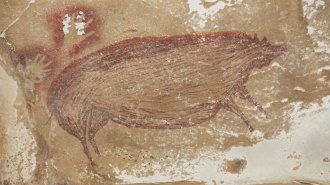 Archaeology
ArchaeologyOne of the oldest known cave paintings has been found in Indonesia
A drawing of a pig on the island of Sulawesi dates to at least 45,500 years ago.
By Bruce Bower -
 Archaeology
ArchaeologyIvory from a 16th century shipwreck reveals new details about African elephants
Ivory from the sunken Portuguese trading ship Bom Jesus contains clues about elephant herds that once roamed Africa, and the people who hunted them.
-
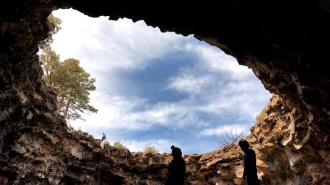 Archaeology
ArchaeologyAncient people may have survived desert droughts by melting ice in lava tubes
Bands of charcoal from fires lit long ago, found in an ice core from a New Mexico cave, correspond to five periods of drought over 800 years.
-
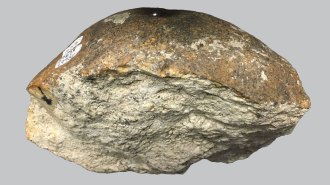 Archaeology
ArchaeologyTwo stones fuel debate over when America’s first settlers arrived
Stones possibly used to break mastodon bones 130,000 years ago in what is now California get fresh scrutiny.
By Bruce Bower